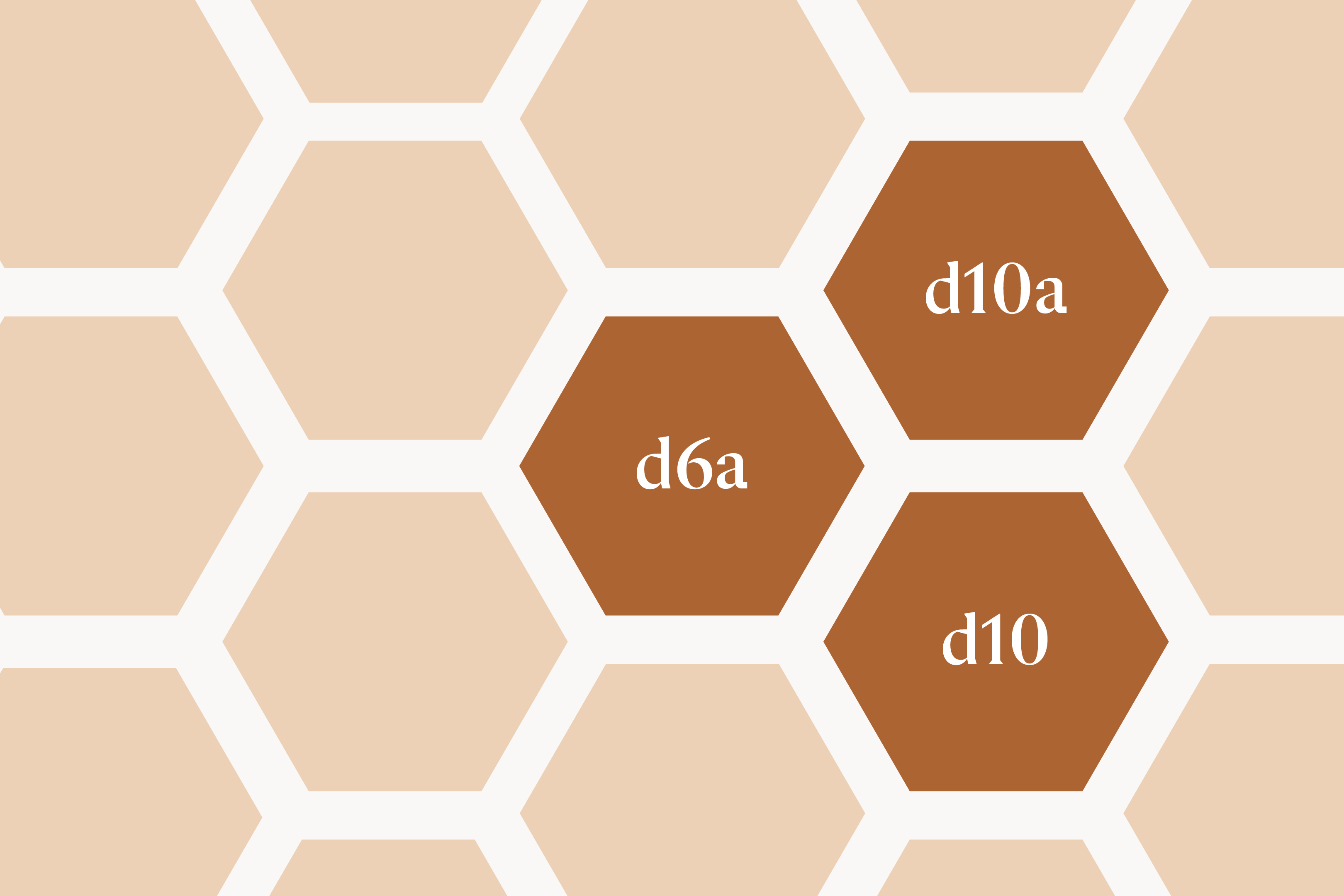Your bag is empty
In recent months, a lot of information has circulated about synthetic and derivative cannabinoids in the Utah legal cannabis market. We at WholesomeCo have heard from our patient community who want to understand more. So, in collaboration with a cannabis oil manufacturing expert who has experience with these compounds, we hope to answer your questions. The expert we are working with is Alex Siegel, who has studied delta-10-THC and delta-6a10a-THC in manufactured cannabis oils in California since 2018. Together, we intend to provide context for the sudden appearance of these isomers in medical cannabis samples in Utah. We also will answer some frequently asked questions brought to our attention by the Utah medical cannabis community.
What is a synthetic cannabinoid?
Synthetic cannabinoids generally are cannabinoids that are derived through synthesis by humans rather than being found in nature. The state of Utah has released a bulletin which correctly identifies that there are specific synthetic cannabinoids in medical cannabis products in Utah. According to the bulletin, “the Utah Department of Agriculture and Food recently identified several additional active ingredients in medical cannabis products. They are synthetic or derivative ingredients that may be unintentionally created during the manufacturing process.” Given this guideline, it is our expectation that the synthetic cannabinoids of interest are closely related to THC and its manufacturing.
What are d6a10a-THC and d10-THC?
In this context, d10-THC and d6a10a-THC are synthetic cannabinoids derived from d9-THC through a process called isomerization. Unlike d9-THC, these cannabinoids to date have not demonstrated any meaningful effects or value from a consumer perspective. Understanding the source of these cannabinoids and their potential impact on consumer experience is a primary concern for all stakeholders in the Utah market.
Why are we just now discovering d6a10a-THC and d10-THC in the products in Utah’s market?
To our knowledge, Utah’s quality assurance testing labs are the first medical cannabis labs in the nation to adopt a cannabinoid panel that includes d6a10a-THC and d10-THC. Some of Utah’s processed goods are testing positive for these cannabinoids in varying amounts. As a result, industry and regulators are now working to determine the cause of these cannabinoids and how to avoid them. Today, the evidence suggests too much heat while concentrating d9-THC to be a primary cause, but there may be other contributing factors that we are seeking to better understand by hiring experts like Alex Siegel.
How do I know if the product I buy has d6a10a-THC and d10-THC in it?
Beginning in 2022, the Department of Health & Human Services requires that all licensed pharmacies disclose the presence of synthetic and derivative cannabinoids on their menus. Processors are also required to include the presence of synthetic and derivative cannabinoids on the ingredients label that is applied to the package. We expect that many states will follow Utah’s lead and begin requiring labeling on products with even small amounts of these cannabinoids.
Are d6a10a-THC and d10-THC specific to Utah’s market?
It is important to understand that the presence of these isomers in manufactured cannabis oil samples is not unique to Utah. According to Alex Siegel, the levels of d10-THC and d6a10a-THC found in samples in the Utah medical market are similar to levels found in many other medical cannabis markets in the country - especially those with developing infrastructure for manufacturing cannabis oil. However, it is possible to manufacture d9-THC cannabis oil that is essentially free of these isomers. Now that state certified testing is available in Utah, consumers and manufacturers have accelerated access to the information necessary to avoid d6a10a-THC and d10-THC.
Are d6a10a-THC and d10-THC safe?
Clinical research about cannabinoids is limited and therefore little is known about these cannabinoids. Perhaps the best evidence available for the relative safety of consuming trace amounts of these cannabinoids is that they are common to many situations where d9-THC is highly pure. This means that the safety profile associated with consumption of high purity d9-THC could potentially also be applied to consumption of trace d10-THC and d6a10a-THC. It is not our recommendation to consume high levels of d6a10a-THC and d10-THC.
How do I know if the product I buy has too much d6a10a-THC or d10-THC?
The guidelines for acceptable levels of consumption of d6a10a-THC and d10-THC will be set by the Utah Department of Health in the near future. We expect that up to 5% total d6a10a-THC and d10-THC will be near the guideline. The best way to be confident that you are not consuming high levels of d6a10a-THC and d10-THC is to purchase legally produced and tested products.
